Welcome to A Newsletter! Thank you for being here. If you’ve found your way over by some miracle but are not yet subscribed, let me help you with that:
I make brisket once a year, for at least one night of Passover. I’ve done short ribs and braised chickens instead, but for whatever reason, nothing ends up feeling as “occasional” (as in, suited for the occasion, not regarding frequency), as a large slab of brisket, braised for several hours until impossibly tender, the meat and fat melting together, jiggling like Jell-O.
I haven’t always enjoyed brisket. Off the bat, I am not what I would call a “braised meat person,” but I was never really given a reason to be one. Most of my life, my association was with the version my grandma made— you know it, I’m sure. Some combination of ketchup, brown sugar, and fat rings of yellow onion, never quite tender, salty, or delicious enough for me to appreciate or crave.
As I’ve said before, my grandma was a great host and a terrible cook, preferring to spend time carving swan figurines out of crookneck squash than figure out how to make the food taste good. But that’s okay, not everyone needs to be a good cook, just like not everyone needs to know how to carve a swan out of a crookneck squash (I can cook, I can not carve). But she made the brisket every year anyway, presumably at my grandpa’s request and to reinforce her dedication as a converted Jew. “Was Grandma Prue a Charlotte?” And other questions I’ll fall asleep asking myself tonight.
Anyway, this brisket doesn’t have ketchup or any additional sugar. It does have vinegar and Worcestershire sauce as well as a little bit of horseradish, which gives the whole thing a real “prime rib” feel. The shallots are there for savoriness but also a good bit of sweet (use onions if you don’t have shallots, the difference will be negligible). It is meaty, it is rich and still great made with just water (the meat combined with the rest of the ingredients still makes for a wonderfully flavorful brisket and sauce) but for those who want even more, beef or chicken broth (or water plus Better Than Bouillon) will reward you greatly.
This brisket is simple with a purpose. With everything else on the table (matzo ball soup, fennel salad, crispy potatoes in one form or another and some sort of tzimmes-inspired carrot and date situation which I’ll give you the recipe for later this week), I feel like the more quiet the brisket is, the better. Also better for leftovers, which I always have (recipes for leftovers coming for you, too).
As always, feel free to make this one your own. Sometimes I’ll add celery to braise with the shallots, other times lots of parsley torn and strewn about at the end. I’ve done it with fennel, I’ve used crushed garlic instead of halved heads. Bay leaves are, of course, optional, but god knows I do think they really do impart a certain something. I don’t care for carrots here, but if you do, add them in to cook alongside the meat (leave them a bit large, either halved or quartered lengthwise). If you can’t divorce yourself from the tomato-y brisket of your youth, a few tablespoons of tomato paste added when caramelizing the shallots will give you what you’re looking for (and still go nicely with the horseradish, giving you maybe what could be described as “cocktail sauce-ish” which, frankly, I love the sound of).
Braised Brisket with Horseradish and Shallots
serves 8–10
The key components in this recipe are really just the brisket, vinegar, Worcestershire sauce, and broth (or water). The liquid the brisket creates with just those ingredients is magnificent on its own, but everything else here really does make it so good. Shallots for sweetness, horseradish for gentle earthy spiciness, bay leaves for a “certain something” that yes, I’m sure exists. That said, you can really customize it however you like– adding onions instead of shallots, throwing in a few carrots or celery stalks if you like, leaving out the horseradish if that’s not your thing.
If you don’t have a dutch oven, see the bottom of the recipe for a workaround using a baking dish and some tin foil.
4 ½ – 5 lb. brisket
Kosher salt, freshly ground black pepper
2 tablespoons canola oil
2 heads garlic, halved crosswise, unpeeled is fine
1 pound shallots, halved lengthwise, quartered if large
4 cups beef broth, chicken broth, or water (better than bouillon optional)
1 cup white wine vinegar or ¾ cup distilled white vinegar
⅓ cup Worcestershire sauce, soy sauce, or tamari, plus more
¼ cup freshly grated horseradish or 2 tablespoons prepared horseradish, plus more
2 fresh or dried bay leaves or ½ bunch thyme
1. Season brisket with salt and pepper (if you’re measuring, this is at least 1 teaspoon of kosher salt –I use Diamond Crystal– per pound of meat). Do this a few hours (up to 24) in advance, if you’re able (keep it uncovered in the fridge). It’s also fine just to season and go ahead and braise it right away, too.
2. Preheat oven to 275°. Heat canola oil in a large, heavy-bottomed dutch oven (at least 5.5qt)* over medium heat. Sear brisket fat side down first. Use tongs or any implement of your choosing to press the meat to encourage as much contact with the pot as possible.
3. Cook, without moving, until the fat side is deeply browned, 10–12 minutes (doing this over medium heat rather than medium-high will take longer, but with less risk of burning the rendered fat).
4. Using tongs or two large spoons, flip the brisket to brown on the other side, another 10–12 minutes. Be careful here, the fat is extremely hot and can splatter. This is how I burned myself last year, truly a brisket to remember.
5. Transfer the brisket to a large plate or sheet pan and add the garlic and shallots to the pot, cut side down. Season with salt and pepper and cook, without moving, until the shallots and garlic are nicely browned, 3–5 minutes.
6. Return the brisket to the pot and add whatever broth or water you’re using (and Better Than Bouillon, if you’re using that), vinegar, worcestershire sauce, horseradish (if using) and bay leaves. If you wanted to throw in a small handful of black peppercorns, you could do that, too.
7. Bring to a simmer and place the lid on. Transfer to the oven and let it gently braise for 3–3 ½ hours. Remove from the oven and make sure it’s done by inserting the tip of a knife into the thickest part– it should meet no resistance, the whole slab jiggling like jell-o.
8. To serve, transfer the brisket from the pot to a cutting board. Slice against the grain (easy to locate on a brisket, the grain is very apparent) as thick or thin as you like and place on a large serving platter. Give the juices a taste— they should be tangy, salty and very beefy with a bit of heat from the horseradish. Adjust with more worcestershire, vinegar or horseradish as needed. Spoon the jammy shallots and garlic over the brisket along with the juices from the pot over the brisket. Serve with more horseradish on the side, along with some flaky salt and parsley, if you like.
*If you don’t have a dutch oven, you can sear the brisket and shallots in a large skillet and transfer it to a roasting pan or baking dish. Pour the liquid over everything and cover tightly with foil before putting in the oven.

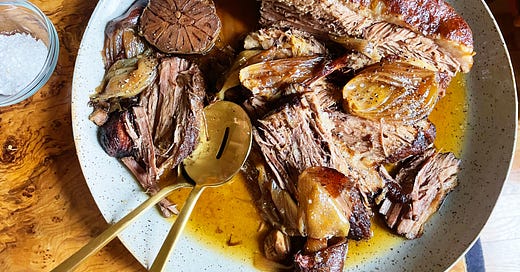



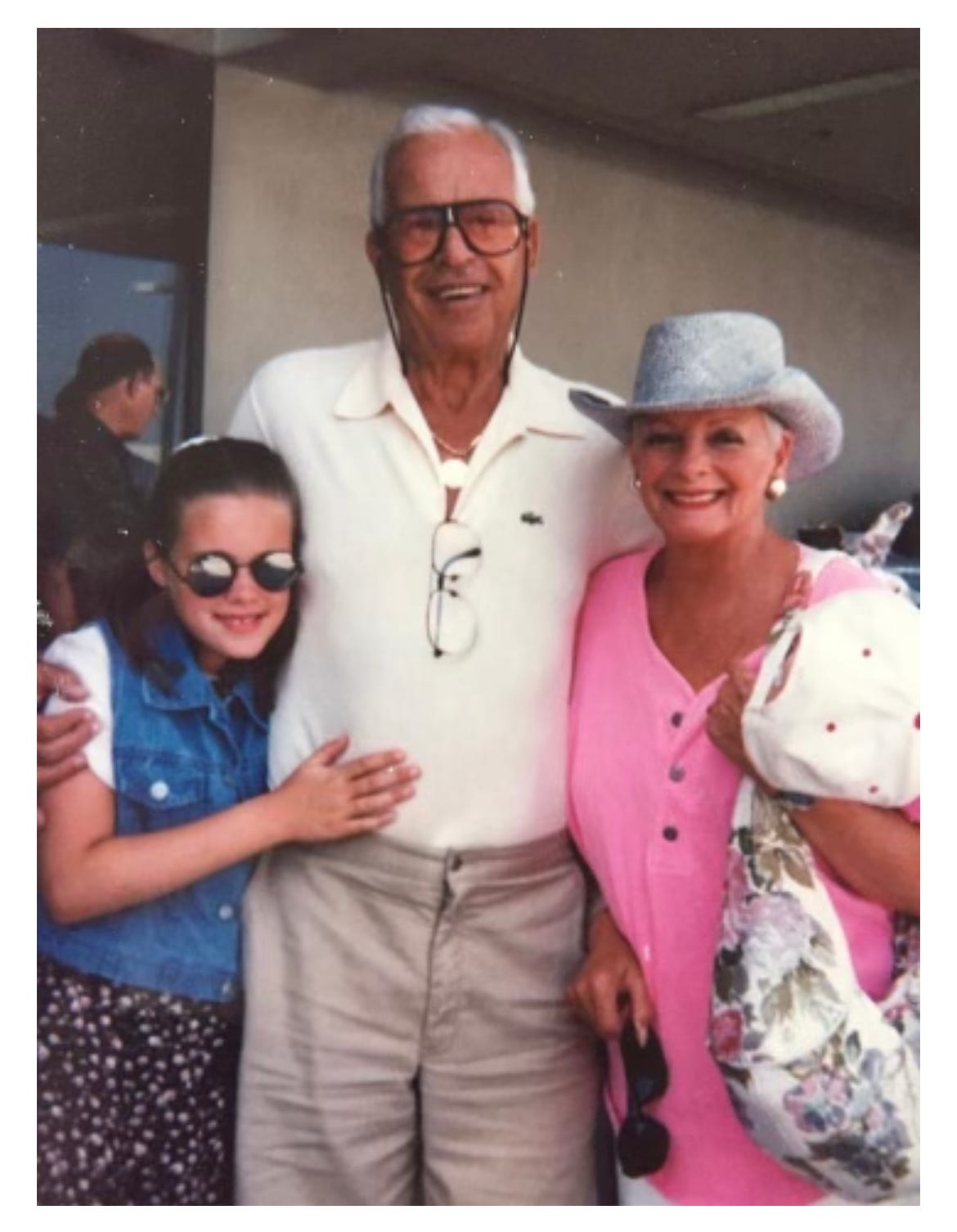
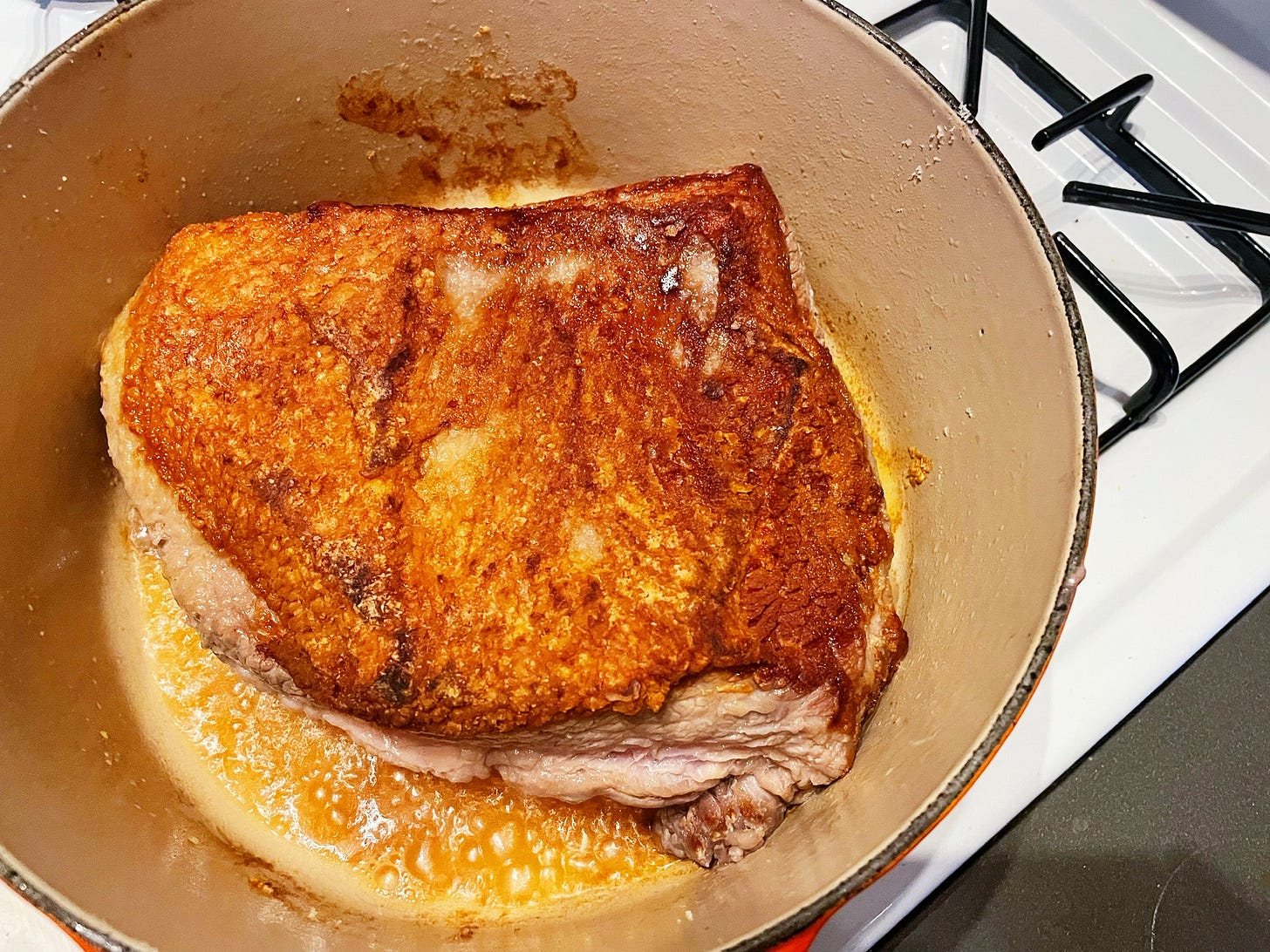







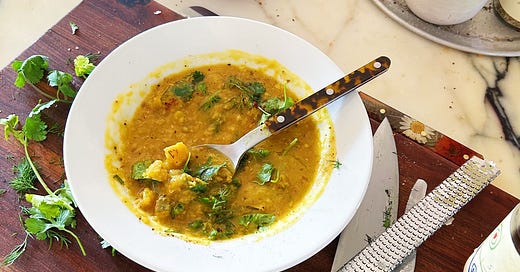

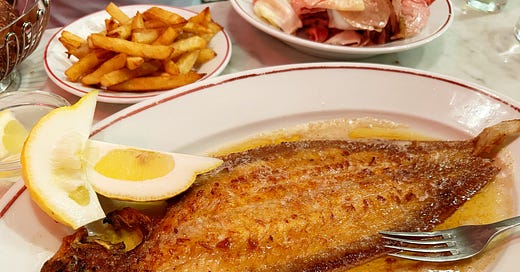


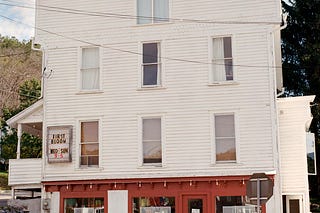
I followed the recipe exactly, using beef stock that I had made earlier. It was outstanding!! I decided that I will make this every year because I love the idea of starting traditions for our family to look forward to. I served it with mashed potatoes, oven roasted carrots and green beans.
Thanks for a great recipe.
Hi Alison! How do you reheat the brisket if you've seared & braised it entirely the day before? Making for Rosh Hashanah dinner!